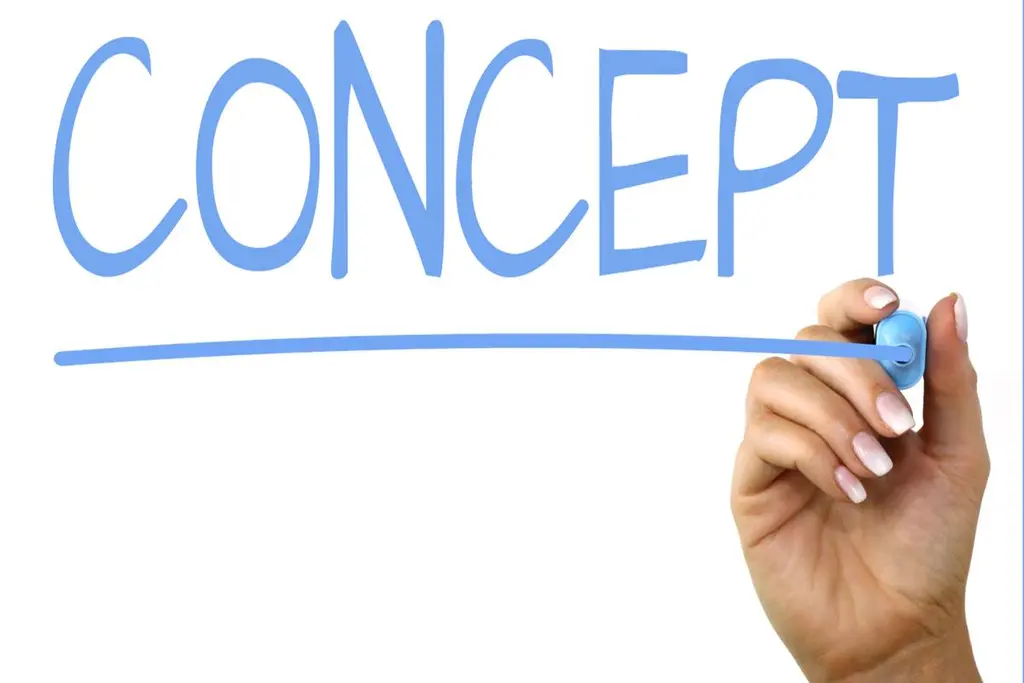The Concept in Breath Meditation

The Concept in Breath Meditation
The concept of the breath as it is used in meditation is not well understood. We will discuss this matter in this small article. There are many methods concerned with the breath, but The Ancient Theravāda Commentaries say that one should focus at one area above the upper lip and at the exit of the nostrils. However, if one just limited himself to that one single method, things can still get complicated.
For instance, one might mistake the skin for the breath since one uses the skin in that area to “know” the breath. When one does that, he is usually paying attention to many different characteristics and he usually feels many points of contact. And even if one pays attention to the breath instead of the skin, one might still pay attention to many characteristics such as whether the breath is hard, soft, heavy, light, grainy, smooth or rough, or hot or cold. One might also notice a shape or a color. All of these characteristics are continuously changing and the mind cannot develop concentration on a single object because each characteristic is in fact a separate object of focus. Although the mind may not “space out” and one might think he is concentrated, the mind can get stuck in an endless commentator sessions similar to a spy reporting play by play moves of what the sought after person is doing. The mental voice in the head does the same and does not stop because it notices all of these characteristics that are always changing.
So how to stop that? One stops this by focusing in the correct way. If one wants to practice insight meditation, one focuses on characteristics that are real. If one wants to calm the mind down first (samatha), then one should focus on unreal objects or “concepts.” What is a concept?
The Marriam-Webster Dictionary says:
1. Something conceived in the mind; thought or notion
2. An abstract idea generalized from particular instances.
A concept is a thing that we name and it stays consistent no matter what the characteristics are. Suppose we were to pass a line of traffic in the opposite direction. As we passed the endless line of cars, we might notice the manufacturer, like Toyota, Honda, Mercedes, Lexus, Chrysler, Ford, etc. We might notice the color of the car, like, white, brown, silver, blue, red, etc. We might notice the style of car, like SUV, sports car, minivan, sedan, etc. We might notice the type of vehicle, like, car, pickup-truck, tractor trailer trucks, motorcycle, etc. All of these vehicles have one thing in common. They are all simply placed into the concept of “vehicle.” So as you pass down the line of traffic, notice only “vehicle”. Do not pay attention to “make” or “color”, “type”, “style” etc. That is not useful. Only pay attention to the concept of “vehicle.” We use the visual data that meets our eyes to see that this is a vehicle and not a dog, pedestrian or squirrel. We surely do see the color, shape style, make, etc. However, with that, we know the term “vehicle.” If we are a vipassana or insight yogi, we pay attention to all the detailed real characteristics. If we are a samatha or calmness practitioner, we would skip over all of the details of the cars and only pay attention to “vehicle.” If we think in this way, and do pay attention the next time you pass cars stuck in the the opposite lane, you can see that your awareness becomes simplified and smooth.
You will want to focus on the breath in the same way, using the tactile data that you feel from the touching point to know the breath, but you want to only focus on the breath as the concept of the breath. If it is hot, it is just “breath.” If it is smooth, it is just “breath.” If it is soft, it is just “breath.” If there is a shape or color,etc., it is just “breath.”
So even when you get to the point where you see shape and color, you still want to know it only as breath. If it is a nimitta and the touch of the breath is unified with the image of the breath, existing in the same place where it is felt, and it is consistent, the breath should be easy for you to know. Remember, do not pay attention to shape and color at this stage. Only pay attention to it as “breath.”
For information on the light, please see https://americanmonk.org/2018/05/25/when-to-look-at-the-light/
Click below to search subjects